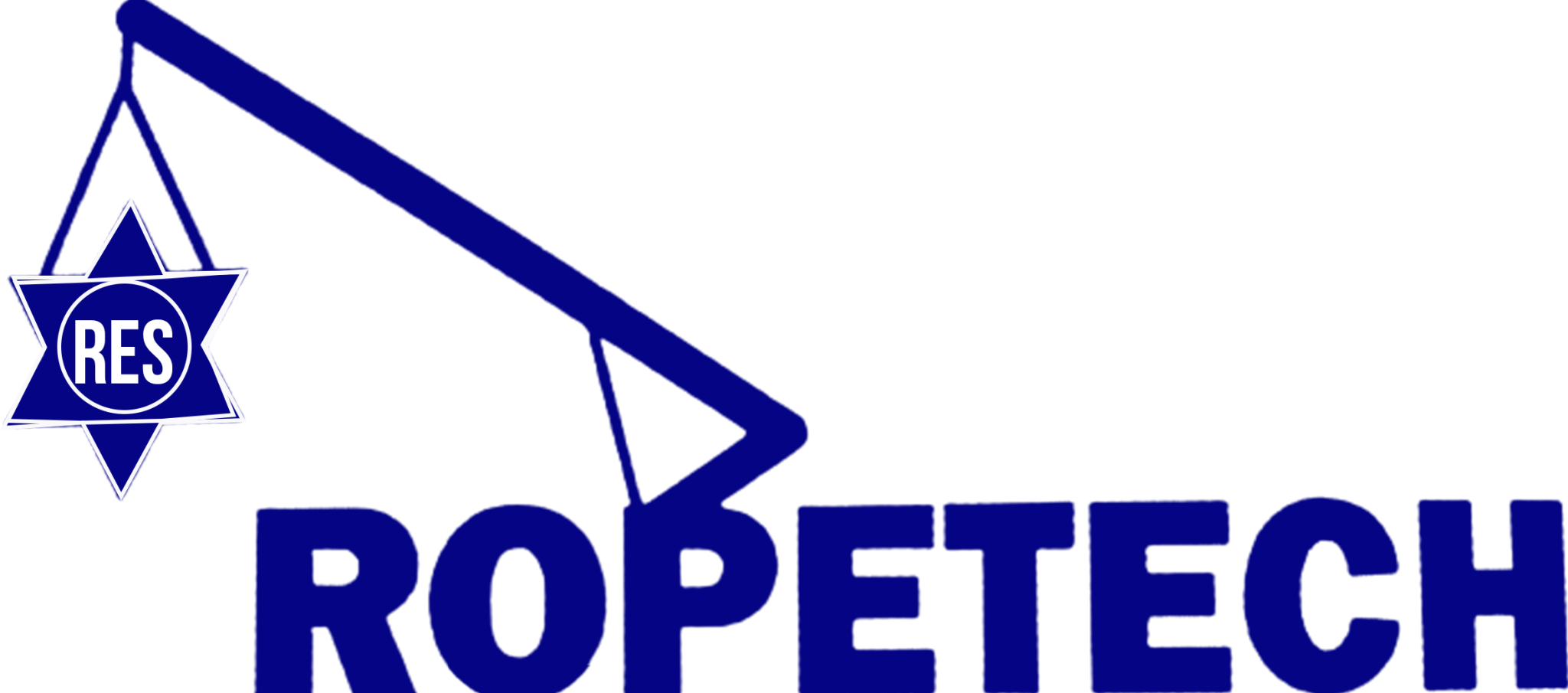
About Course
ABOUT THIS MANUAL
This course manual is prepared not only to meet the requirements of the American Petroleum Institute Recommended Practice (API RP2D & 2C) in the areas of operations and maintenance of Offshore Pedestal Crane but also to provide operators the required knowledge and skills that comply with Nigerian Factories Acts (FID), Nigerian Mineral Oil Safety Regulation and NUPRC and any other Internationally recognized acceptable standards. The API Recommended Practice (API RP2D) is under the jurisdiction of the API executive Committee on Drilling and Production Operations and developed with the cooperation of offshore operators committee. The detailed requirements for the designed and construction of offshore crane are given in API specification 2C specification (Latest edition).
SPECIFIC OBJECTIVE
- To enables that operators understand their responsibilities for safe use of offshore cranes and comply with the required standards and regulations.
- To ensure that operators understand the basic principles for the operation of offshore crane.
- To ensure that operators understand the use of crane load chart, its limitations and make load rating conversion.
- To ensure that operators are able to identify the various crane critical components, limiting devices and conduct pre-operation inspection.
- To ensure that operators understand the recommended operation hand signals.
KEY ELEMENTS
- Regulation, Standard and Recommended Practice
- Type of crane used offshore
- Crane components, lifting capacities and Load charts
- Unit Conversion
- Wire rope construction and rigging basics
- Inspection and maintenance
- Hand Signal
QUALITY STATEMENT AND COMMENT POLICY
IADC is committed to quality training, therefore participants shall to communicate directly to IADC of any comments or concerns they may have about the instruction received. The options for contacting IADC shall be via post, phone, fax or email.
Course Content
CHAPTER ONE
-
TERMINOLOGY, STANDARDS, REGULATIONS
CHAPTER TWO
CHAPTER THREE
CHAPTER FOUR
CHAPTER FIVE
CHAPTER SIX
CHAPTER SEVEN
CHAPTER EIGHT
CHAPTER NINE
CHAPTER TEN
CHAPTER ELEVEN
EXAMINATION
Student Ratings & Reviews


